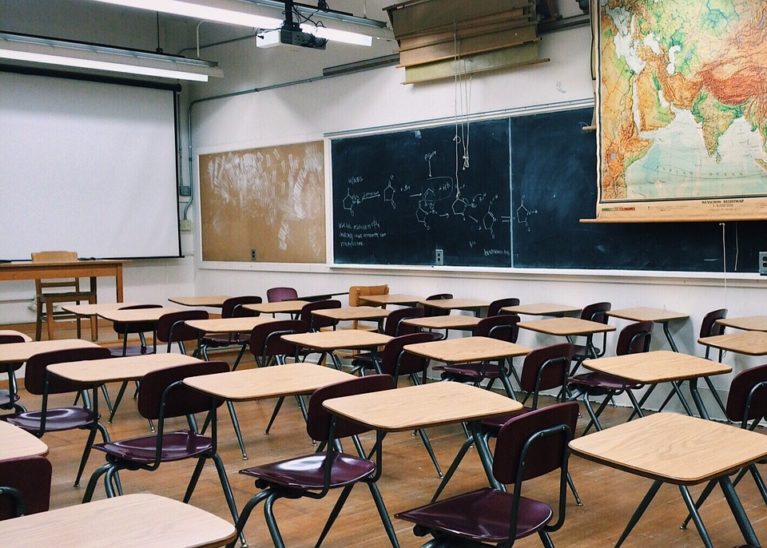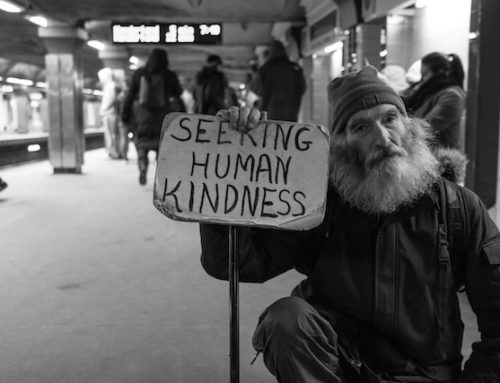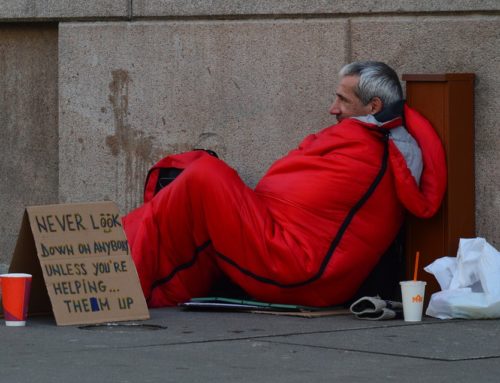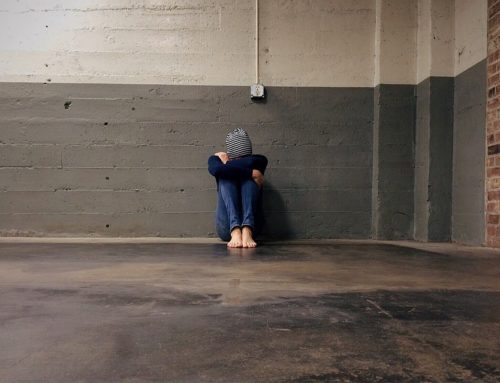A mention of New York City’s homeless problem will most likely conjure up an image of a grown man huddled in a corner or sitting on the sidewalk, begging for change. While this may represent the most visually present cohort of the city’s homeless, a disconcertingly fast-growing number of the city’s homeless don’t fit this description at all. While the vast majority of them may not be on the street, the city’s homeless children suffer greatly. In the last five years, the number of homeless public school students in the city has jumped to over 110,000, more than two-thirds of the statewide homeless child population.
It’s no secret that this unstable living situation is a massive hindrance to these children’s education. Not only are homeless or under-housed children at greater risk of falling behind at school, they suffer a higher number of behavioral problems, health problems, and developmental setbacks. The cycle of poverty continues, with countless numbers of children locked into a life of constant struggle that frequently leads to the same unfortunate outcomes as that of their parents.
Since their living situations are logged and recorded, these school-going homeless youths are an ample source of information on the overall conditions of children without permanent housing. The data, as expected, is highly troubling. The average homeless student missed 88 days of school, according to an analysis performed by the Institute for Children, Poverty, and Homelessness. Only 52 percent of these students graduate, compared to 72 percent of their more stable peers.
The peripatetic nature of life in the city’s shelter system means that homeless students are uprooted far more frequently than their classmates, exacerbating their educational problems. Families bounced from one shelter to another are faced with the choice of switching schools in their new area, and risking even further setbacks, or remaining at their old school and committing to a more strenuous commute. As with so many of the problems faced by our homeless citizens, it’s a no-win situation.
The city’s stretched resources are going towards some attempts to alleviate these problems. The mayor’s Universal Pre-K program is probably the most publicized of the child-focused initiatives to improve quality of life for the youngest city-dwellers. It’s not a complete fix, but getting disadvantaged children into school early carries many benefits that have the potential for real impact.
The city’s recent refocus on intensive outreach abetted by cutting-edge data is promising, but it prioritizes helping those literally out on the streets. The vast majority of those are adults, so it remains to be seen if the statistical approach can alleviate child homelessness. There are also a number of charity organizations doing inspiring work to improve the lives of New York’s neediest children.
As much as we New Yorkers love to take pride in our city, that shouldn’t preclude us from taking a long, hard look at the real problems that a growing number of our fellow citizens suffer every day. In a place where so many children are raised in an environment where hope is in short supply, isn’t it only right that we do all we can to help them? After all, if we wish to proclaim that this is the greatest city in the world, it becomes our job to help make it true for all New Yorkers, large and small.








